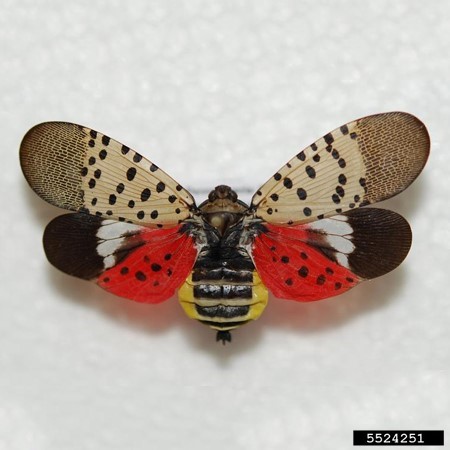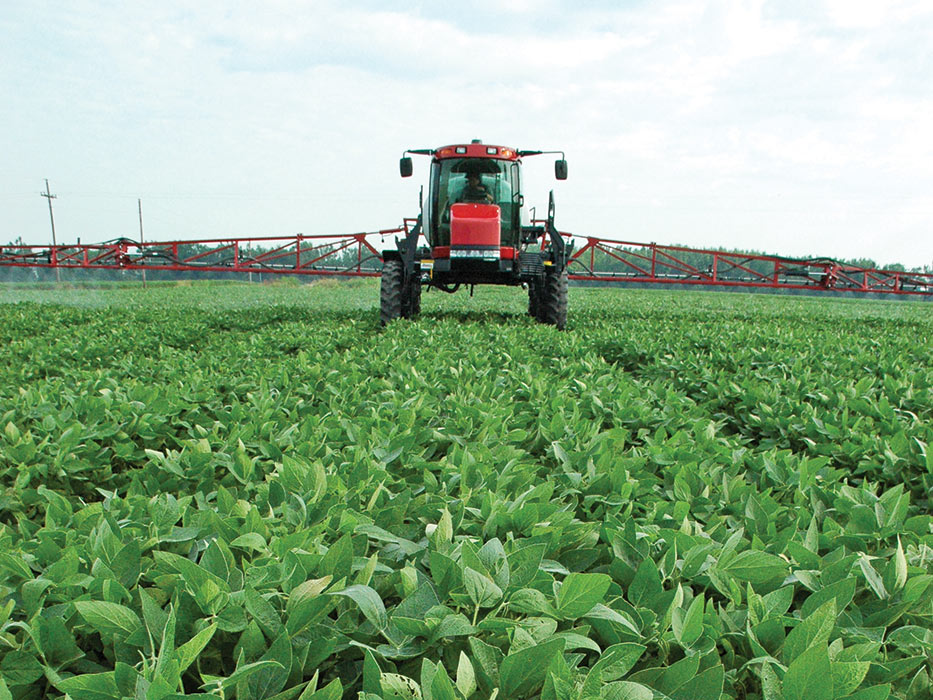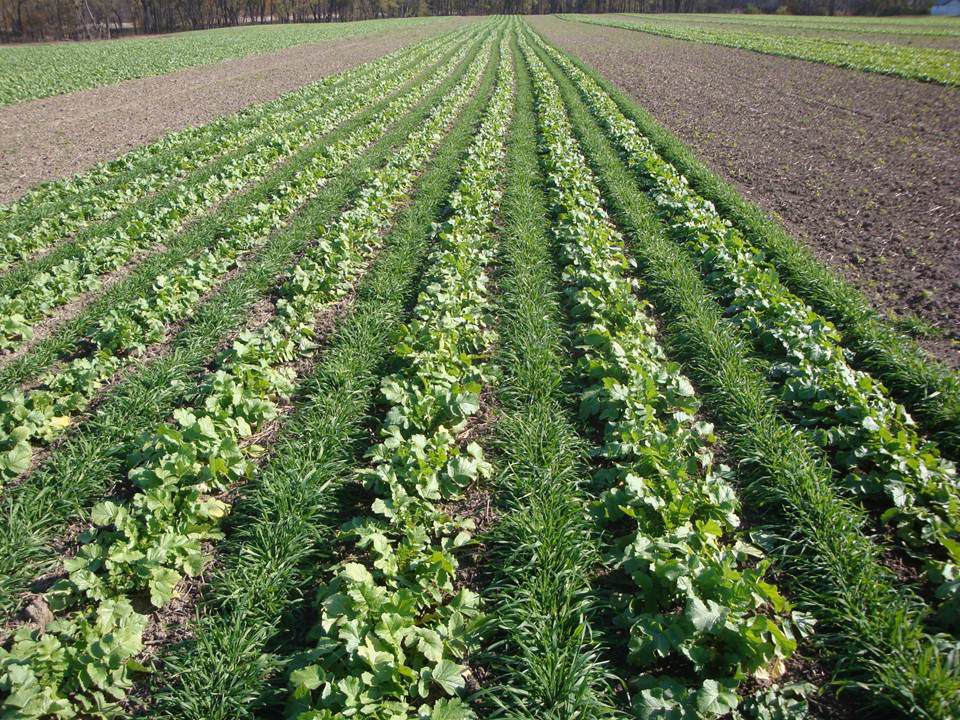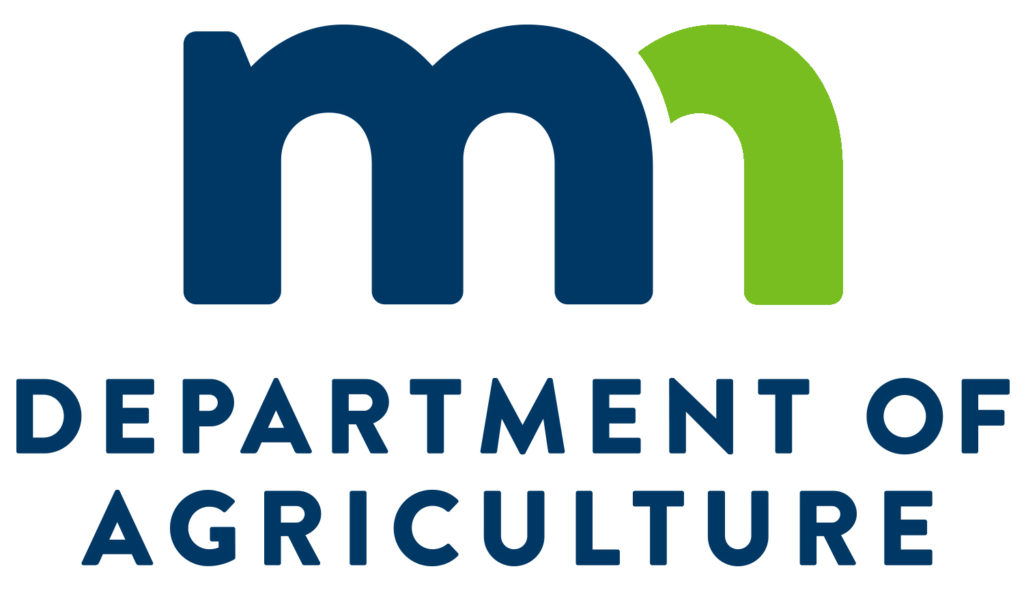Dicamba products; So can Minnesota farmers use it or not? That Ninth Circuit Court Ruling last week left a lot of producers in limbo. Here’s the latest update from the Minnesota Department of Agriculture.

Upon further review of state law and while awaiting guidance from the U.S. Environmental Protection Agency on the ruling of the 9th U.S. Circuit Court of Appeals regarding dicamba products, the Minnesota Department of Agriculture will continue operating under existing pesticide program authorities. According to Minnesota law, an unregistered pesticide previously registered in the state may be used following the cancellation of the registration of the pesticide.
At this time Minnesota farmers can use XtendiMax with VaporGrip Technology (EPA Reg. No. 524-617), Engenia Herbicide (EPA Reg. No. 7969-345), and DuPont FeXapan with VaporGrip Technology (EPA Reg. No. 352-913) while following all federal and Minnesota label requirements. (Tavium Plus VaporGrip Technology (EPA Reg. No. 100-1623) was not part of the two-year federal registration and can still be used according to the label). The Department does not anticipate taking enforcement action against those who continue to appropriately use these products. This may change at any time pending additional guidance from U.S. Environmental Protection Agency.
“The Circuit Court of Appeals decision to revoke the use of these products was, unfortunately, very untimely for our farmers as many had already purchased the herbicide for this growing season,” said Minnesota Agriculture Commissioner Thom Petersen. “Timing is critical for farmers to apply the products and our further interpretation of Minnesota law allows us to use these products.”

making a final decision. As of right now, it’s business as usual. (Photo from thecounter.org)
As a reminder, all dicamba pesticide applicators in Minnesota must follow use instructions on the product label including the timing restrictions below. Dicamba products cannot be applied to dicamba-tolerant (DT) soybeans in Minnesota if any of the following conditions has occurred. Whichever cutoff time occurs first will determine whether a person can apply a given product to DT soybeans until June 20, 2020.
- Forty-five (45) days after planting. The federal labels for XtendiMax, Engenia, FeXapan, and Tavium prohibit application more than 45 days after planting.
- Once the R1 growth stage begins (beginning bloom). The federal labels for XtendiMax, Engenia, and FeXapan prohibit this. The R1 stage is when at least 1 flower appears on the plant on any node on the main stem.
- After the V4 growth stage. The federal label for Tavium prohibits application after the V4 growth stage.
- After June 20, 2020. The Minnesota Special Local Need (SLN) label, which must be in possession of the applicator at the time of application, prohibits this for all four dicamba products. The SLN labels are available on the MDA website at mda.state.mn.us/24c
In Minnesota, all four dicamba products are “Restricted Use Pesticides” for retail sale to, and for use only by, certified applicators who have complete dicamba or auxin-specific training.
For questions, e-mail Josh Stamper at Joshua.Stamper@state.mn.us.





